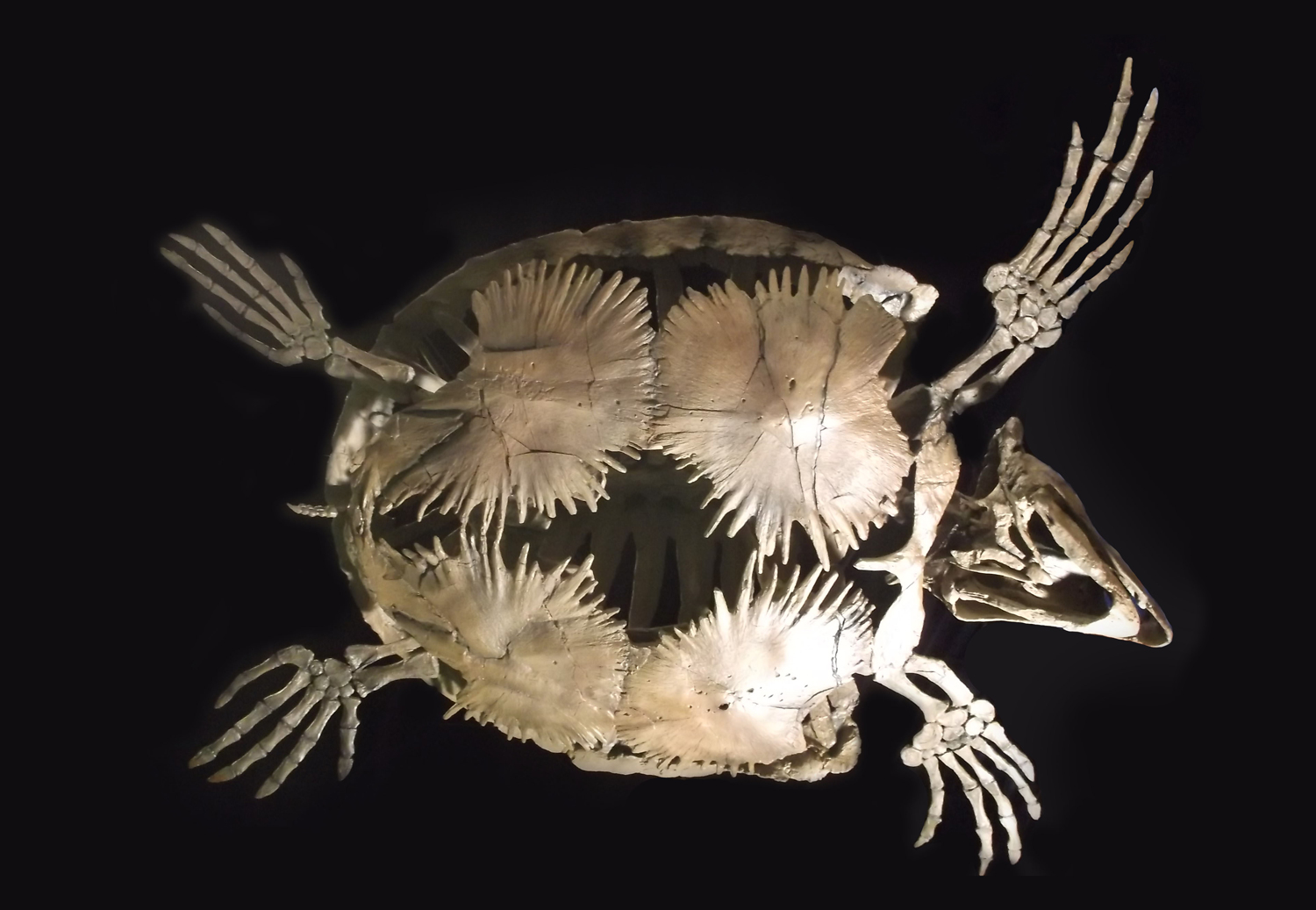Teen Finds Ancient Whale Skull

A teen was looking for fossils in Alabama when she found the fossilized remains of a whale that died millions of years ago. Experts say the fossil may be of a species that was previously unknown.
Sixteen-year-old Lindsey Stallworth and her teacher, Drew Gentry, were digging on the Stallworth family’s property when they came across some fossilized bones. At first it wasn’t clear what they’d found. But as they continued to unearth their discovery and found that it included teeth, they realized it was a very large skull—about 4 or 5 feet (1 or 2 meters) long. Gentry, who is a paleontologist, later found information to suggest that the skull is about 34 million years old.
“It’s really hard to comprehend something that’s that many millions of years old, but it started to make more sense once we started getting the dirt away and saw what the skull might have looked like,” Stallworth told the Washington Post.





